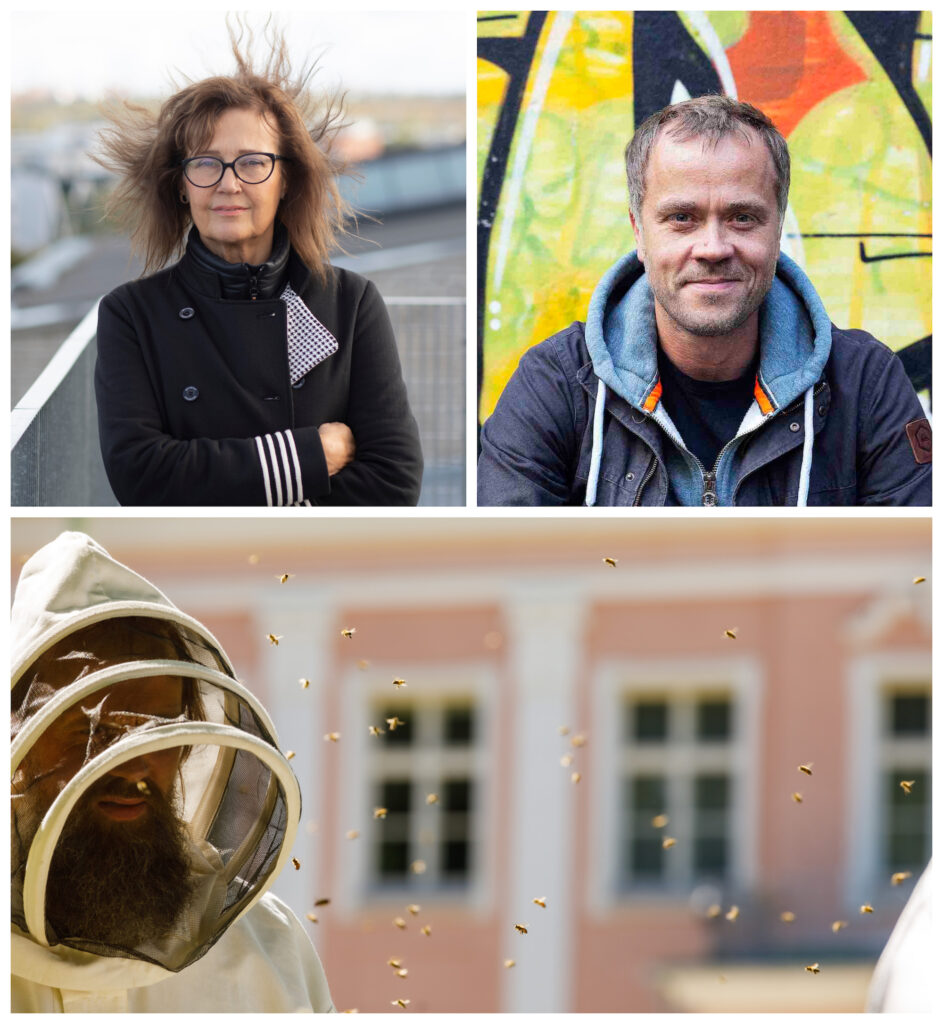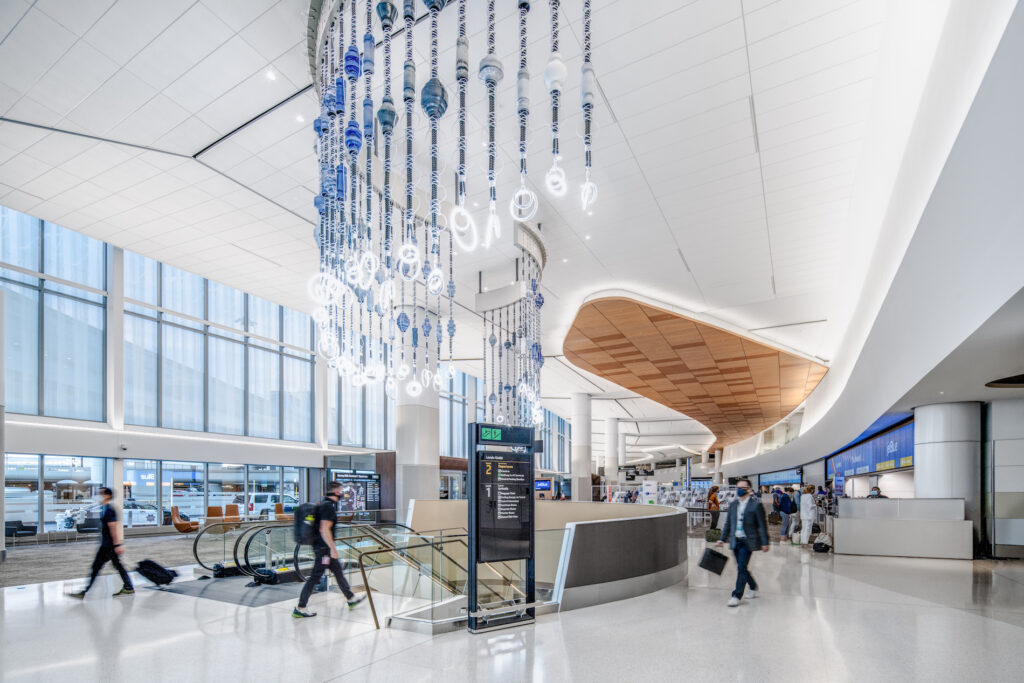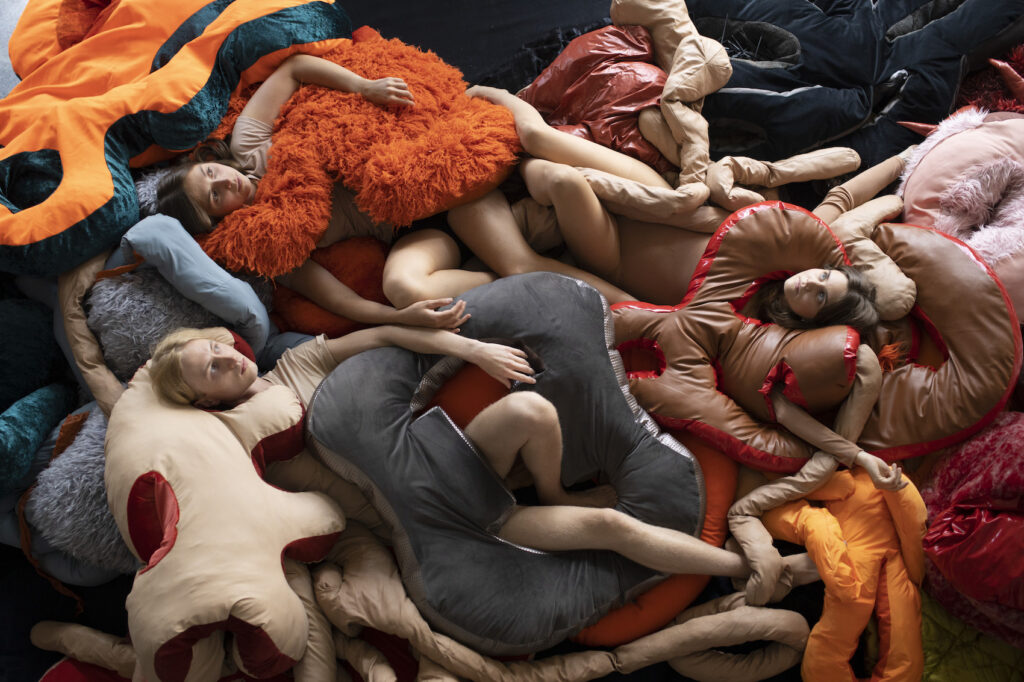Summer-autumn 2020: Interior Design
Six educators and practitioners from all over the world who specialise in interior architecture joined me for a discussion about how they conceptualise the role of the interior architect in spatial design, what the challenges of the specialisation are and what kind of education would help meet those challenges.
Six educators and practitioners from all over the world who specialise in interior architecture joined me for a discussion about how they conceptualise the role of the interior architect in spatial design, what the challenges of the specialisation are and what kind of education would help meet those challenges.
For the current article, I spoke with two architect and interior architect tandems whose cooperation has become their preferred form of creative effort: Kalle Vellevoog and Tiiu Truus as well as Mihkel Tüür, Ott Kadarik and Kadri Tamme.
Estonian Academy of Arts (EKA) master’s theses in interior architecture demonstrate an ability to raise serious global issues, and a polemical search for what interior architecture could contribute to their resolution.
Urmo Vaikla is an interior architect and an executive board member of the International Federation of Interior Architects/Designers. We discussed the current state of interior architecture and the challenges it faces in the contemporary world.
In the past years we have seen the state’s increased interest in and expectations for interior design solutions as a conceptual whole. In order to discuss what we have achieved and where to proceed, the chairman of the management board of the Estonian Association of Interior Architects Pille Lausmäe-Lõoke was joined by the State Real Estate architect and former vice-president of the Estonian Association of Architects Kalle Komissarov and the spatial design project manager Kristiina Vasar.
Could a space be experienced before its completion? The authors of the interior architecture of Fat Margaret museum discuss how they used photogrammetry and virtual reality technology in the design process and how it facilitated the communication between the various project partners.
Photo Essay: interior architect Aulo Padar 80.
On the morning of August 29th in 2017, freshmen of the Department of Interior Architecture were waiting for a train at Baltic railway station at 7.44 am to head to Pärnu. What lay ahead was a three-day trip, followed by a three-year-journey into the unknown. Yet, these students were not completely caught off guard by these successive events as they had been admitted to the Department of Interior Architecture at the Estonian Academy of Arts, run by Hannes Praks.
‘Rhizopia’ stands for an environment that stimulates the senses to enable losing boundaries between oneself and the rest, introspection and testing different ways of togetherness.
Postitused otsas
ARCHITECTURE AWARDS














